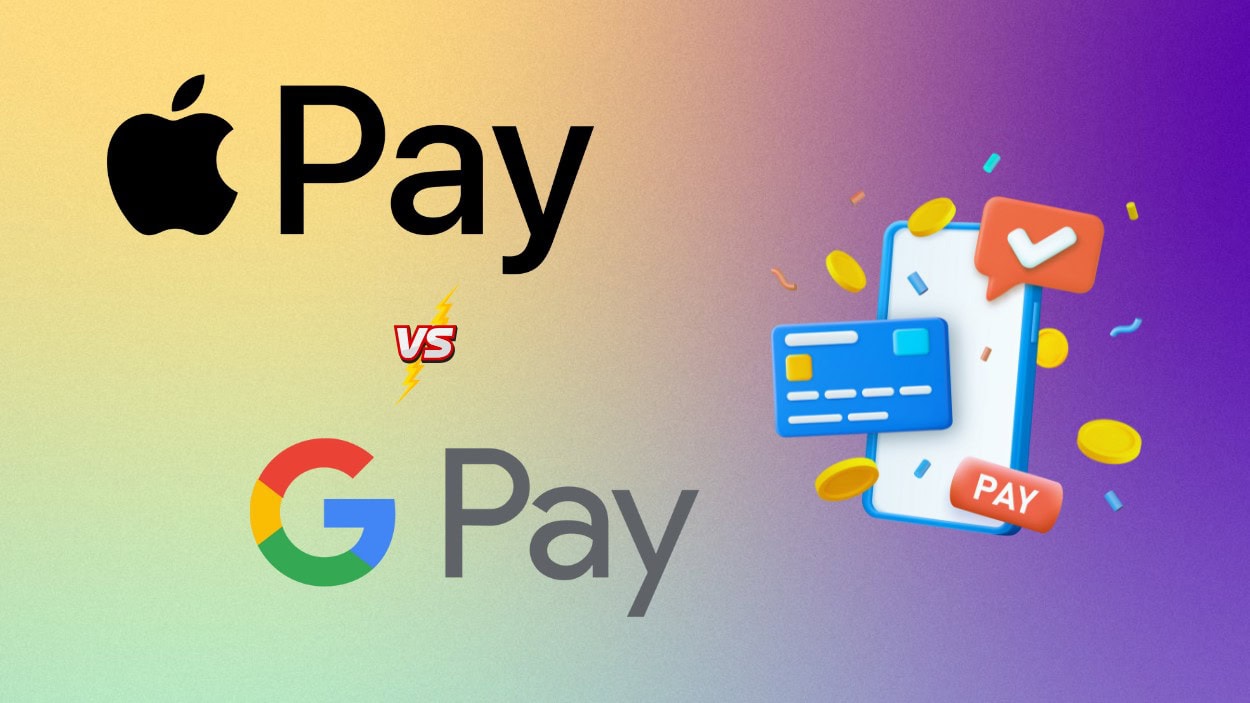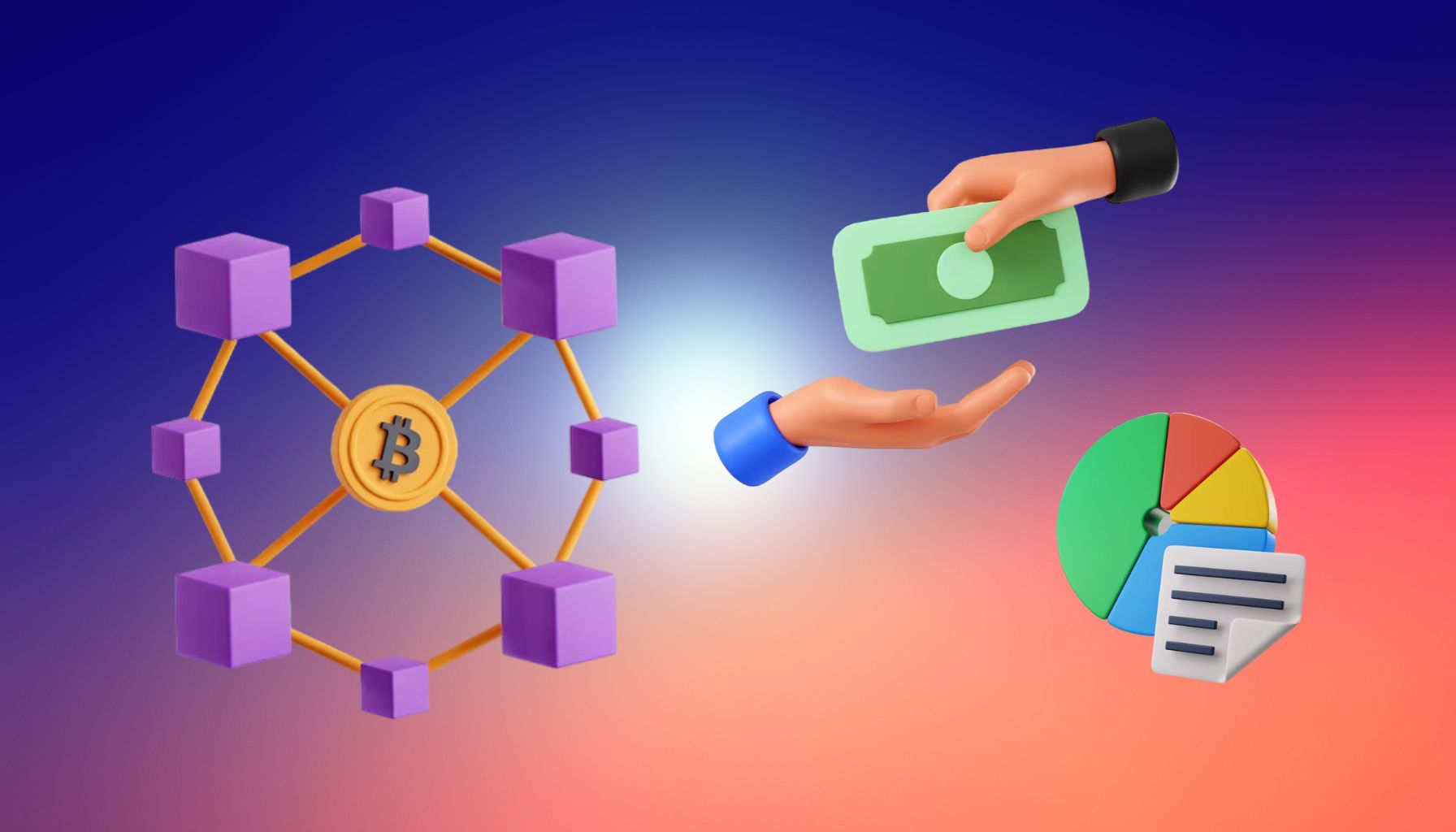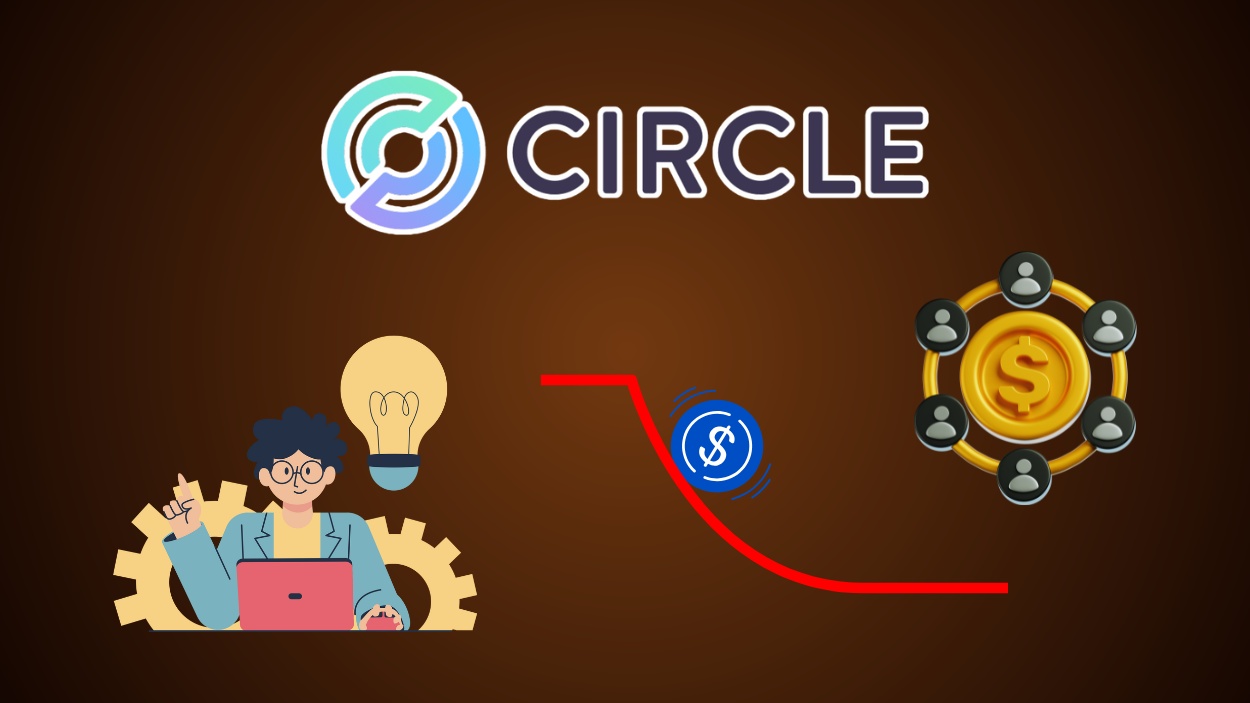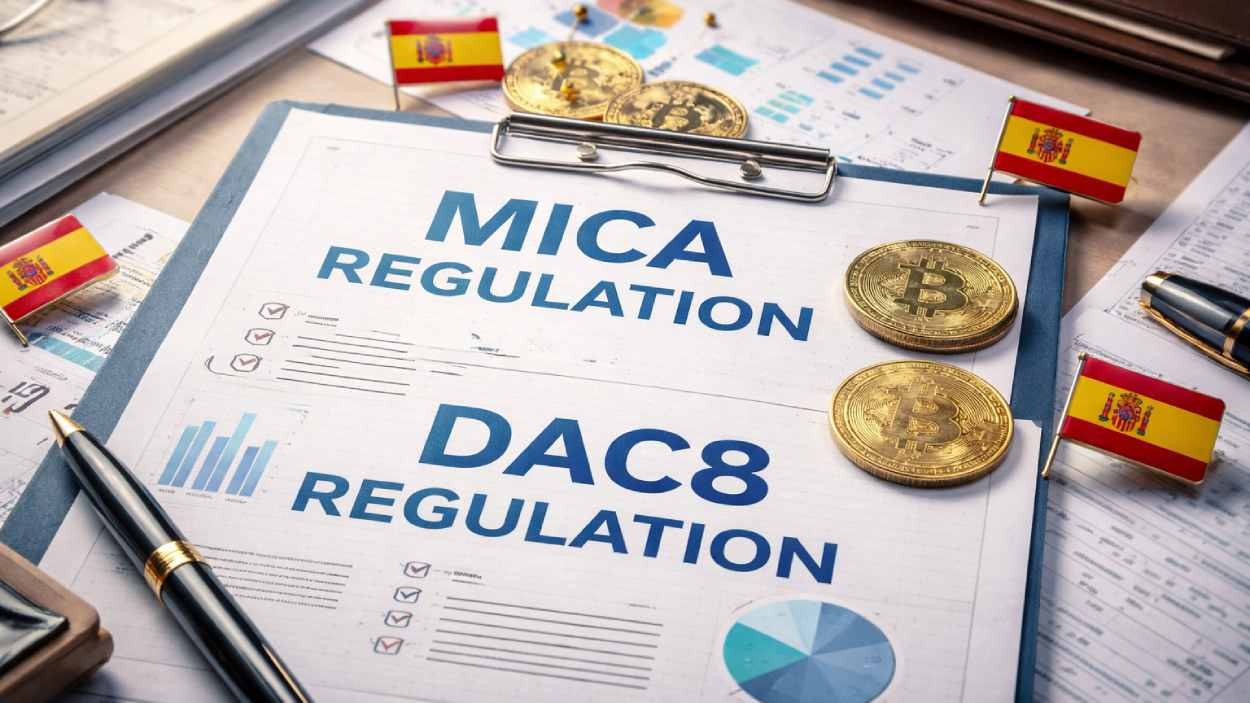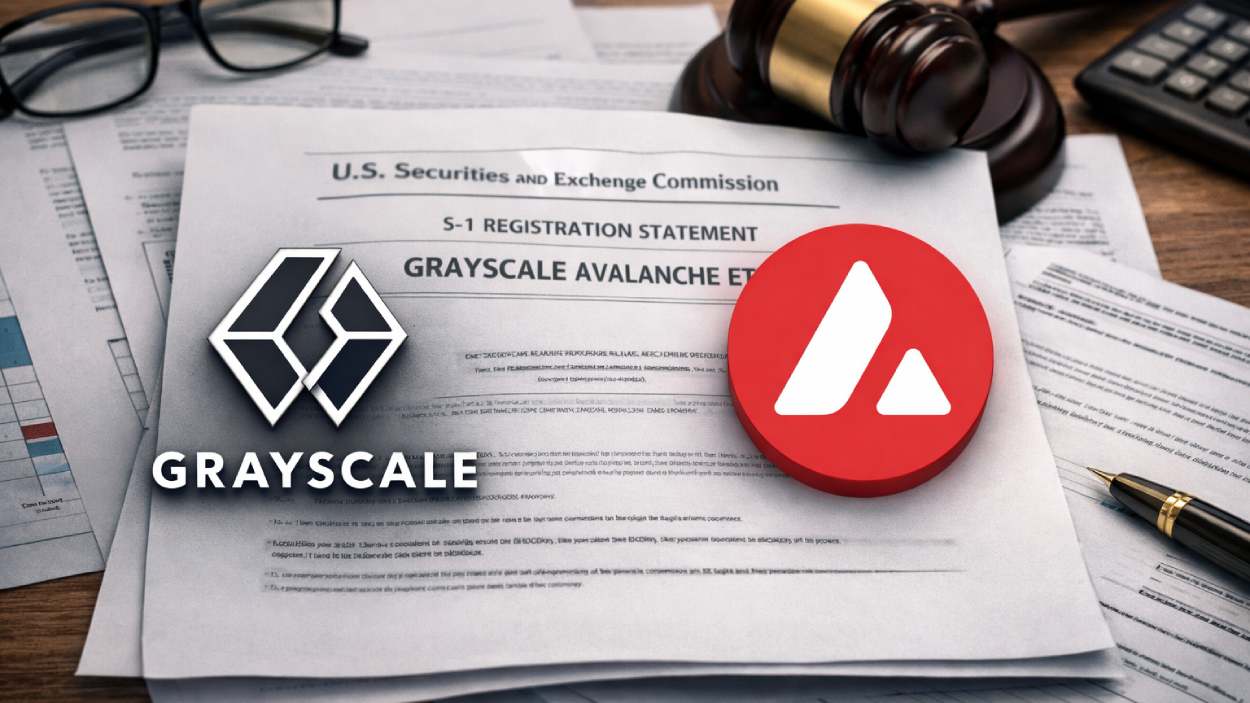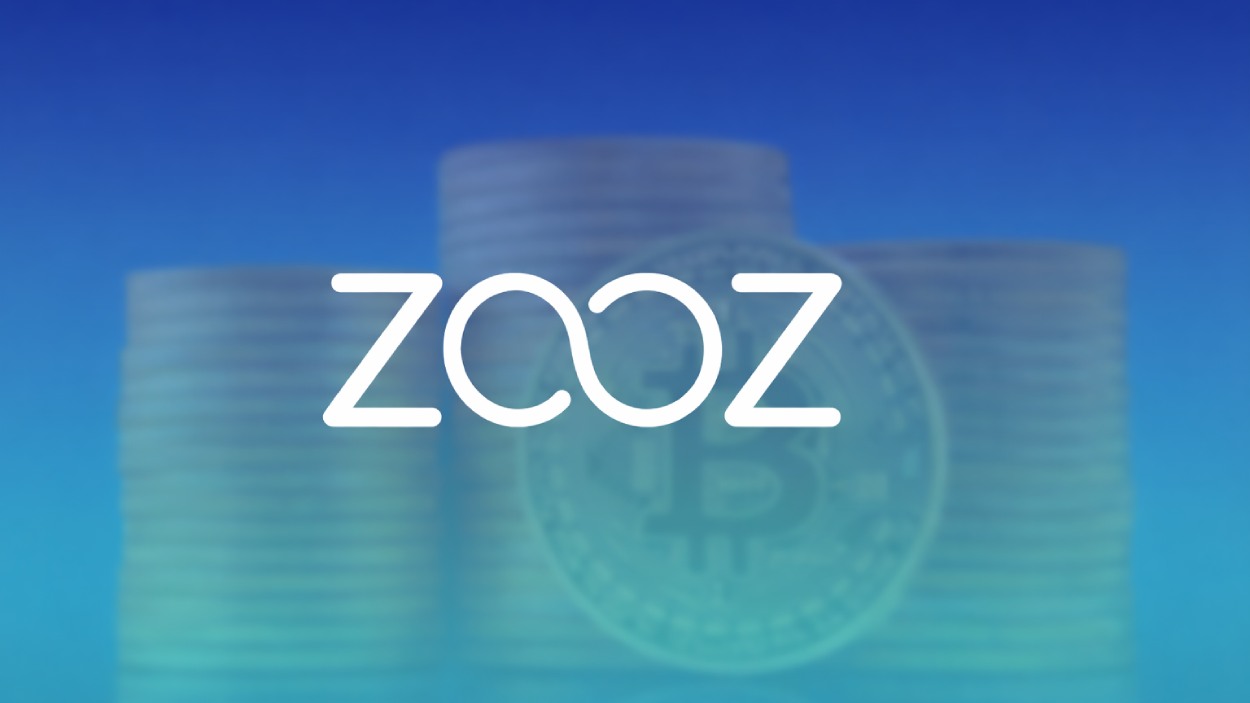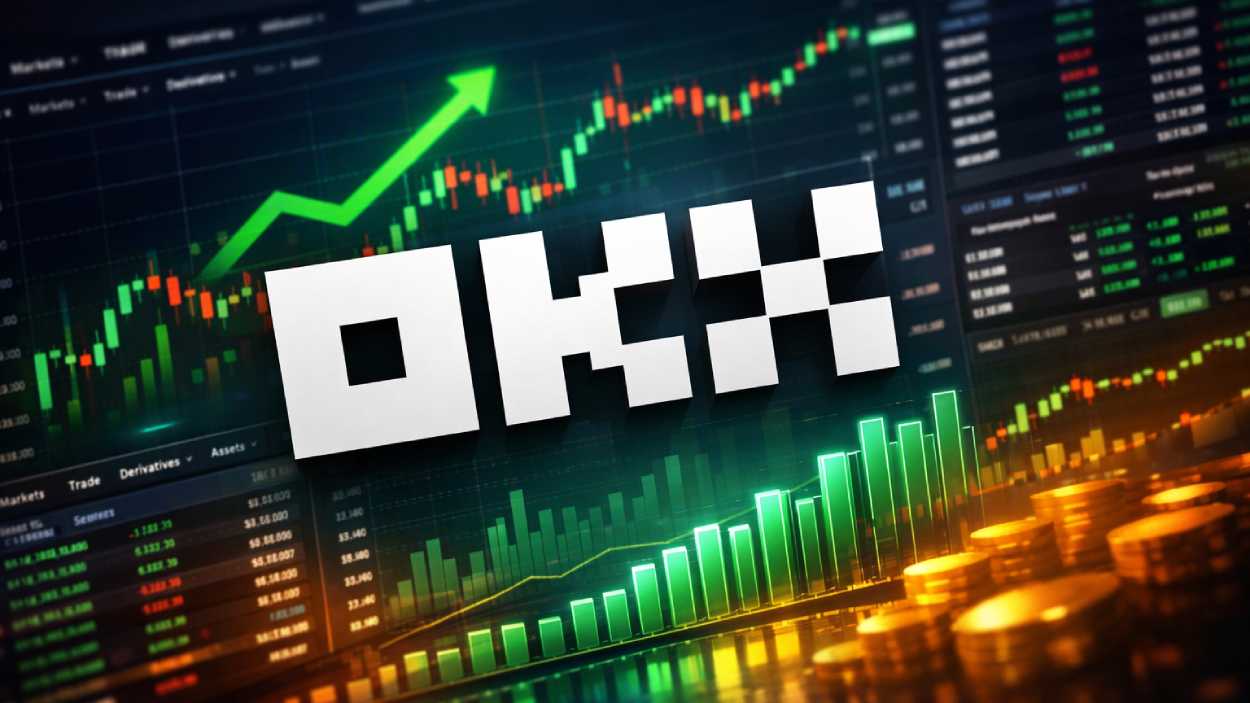Picture this: You’re standing in line at your local coffee shop. The person ahead of you taps their phone, grabs their drink, and walks off without even reaching for a wallet. Contactless payments have become second nature. In 2025, digital wallets are no longer a tech-savvy convenience; they’re a daily essential.
At the forefront of this transformation are Apple Pay and Google Pay, two titans vying for dominance in a market defined by speed, security, and simplicity. This article dives deep into the numbers behind their rivalry, helping you understand where each platform stands and where it’s heading.
Key Takeaways
- 1In 2025, over 650 million people actively use Apple Pay globally, while Google Pay serves around 520 million users.
- 2$8.7 trillion in transactions were processed via Apple Pay globally in 2025, compared to $5.2 trillion via Google Pay.
- 371% of Gen Z mobile wallet users in the US prefer Apple Pay over any other app in 2025.
- 4Apple Pay is accepted at 92% of US retail chains in 2025; Google Pay is accepted at 83%.
Global Online Payments Market Share
- PayPal leads the market with a dominant 47.4% share among companies using online payment services.
- Apple Pay ranks second with a significant 14.2% global market share.
- Amazon Payments holds 10.2%, making it the third most used online payment method.
- Google Pay follows with 8.9%, showing competitive adoption across platforms.
- Stripe captures 8.1% of the market, popular among developers and tech startups.
- Klarna has a modest share of 1.7%, mostly concentrated in buy-now-pay-later segments.
- Other providers make up the remaining 9.5%, highlighting a fragmented tail of smaller payment solutions.

Transaction Volume & Revenue
- Apple Pay processed $8.7 trillion in global transactions in 2025.
- Google Pay processed $5.2 trillion globally in 2025, up from $4.3 trillion the previous year.
- In the US, Apple Pay transactions hit $2.9 trillion in 2025 alone.
- Google Pay recorded $1.4 trillion in US-based transactions in 2025, trailing behind Apple Pay.
- Average transaction size via Apple Pay is $57 in 2025, compared to $48 for Google Pay.
- Apple Pay now accounts for 32% of all US contactless POS payments in 2025.
- Google Pay commands 26% of Android-based in-store payments globally in 2025.
- Apple Pay earns revenue primarily through interchange fees and generated approximately $5.6 billion globally in 2025.
- Google Pay earned an estimated $3.1 billion globally in 2025 from ads, integrations, and partnerships.
- Apple Pay Later, launched in 2023, contributed to over $870 million in BNPL-related transactions in 2025.
User Interface and User Experience
- Apple Pay users reported a 92% satisfaction rate in 2025, highlighting its seamless biometric authentication and wallet integration.
- Google Pay users noted a 78% satisfaction rate in 2025, valuing its reward system and real-time transaction tracking.
- In 2025, 68% of users found Apple Pay faster for in-store payments compared to other mobile wallets.
- Google Pay users appreciate the personal finance insights, with 61% stating they use it for budgeting tools.
- Apple Pay now features deep Siri integration, enabling voice-activated payments, adopted by 22% of US users in 2025.
- In app navigation speed tests, Apple Pay loads 2.3x faster than Google Pay on average across flagship devices in 2025.
- Google Pay redesigned its interface in early 2025, leading to a 35% increase in engagement time per session.
- Over 45% of Gen Z users say Apple Pay feels “more intuitive” than other mobile wallets.
- Google Pay users rank the app’s offers and cashback UI among the top 3 in the finance category.
- In 2025, Apple Pay allows offline tap-to-pay, supporting transactions without cellular or Wi-Fi access, a feature used by 12 million travelers monthly.
Countries With the Highest Online Payment Adoption Rates
- China leads globally with a massive 40.4% adoption rate in online payments.
- Vietnam follows with a strong 33.2% usage among its population.
- South Korea stands at 27.5%, reflecting a high-tech consumer base.
- The United Kingdom shows a robust 26.7% adoption rate.
- India closely trails with 26.6%, driven by mobile-first payments.
- The United States records a 25.6% adoption rate across digital payment platforms.
- Germany comes in at 24.3%, indicating steady growth in digital finance.
- Portugal lags behind with 10.6% online payment usage.
- Nigeria has the lowest rate on the list at 2.7%, reflecting developing infrastructure.

Availability and Compatibility
- As of 2025, Apple Pay is supported on all iPhones from iPhone 8 onward and all Apple Watches, covering 97% of iOS devices in use.
- Google Pay is compatible with 93% of Android phones and 100% of Wear OS smartwatches in 2025.
- Apple Pay now supports in-app and online payments for over 1.2 million US-based apps and retailers.
- Google Pay expanded its cross-platform capabilities in 2025, with native app versions for ChromeOS, Windows, and Wear OS.
- Apple Pay users can now link up to 12 cards, including transit passes and digital IDs, in select states.
- Google Pay supports multi-language NFC interactions in 18 languages as of 2025.
- Apple Pay is integrated with CarPlay, allowing payments at gas stations via voice or touchscreen.
- Google Pay allows bill-splitting and peer-to-peer payments across Google Workspace contacts, with 58% of users using this monthly.
- Apple Pay works in 81 countries globally, while Google Pay supports payments in 76 countries in 2025.
- Google Pay added compatibility with Visa Secure and Mastercard ID Check, improving authentication success by 31%.
Demographics & User Preferences
- 71% of Gen Z digital wallet users in the US prefer Apple Pay over Google Pay or other alternatives in 2025.
- Google Pay continues to dominate among users aged 25–34, especially in urban Android-dominant regions.
- Among users aged 55+, Apple Pay adoption rose 28% in 2025, driven by growing familiarity with wearable tech.
- Google Pay is preferred by 72% of users in the gig economy, citing fast fund transfers and low barriers to entry.
- In 2025, Apple Pay ranks highest among female users aged 18–24, with 66% saying it’s their go-to payment method.
- Google Pay is favored in households with annual income under $50,000, showing 40% higher retention than Apple Pay in that group.
- Among iPhone users, 88% activate Apple Pay within the first 30 days of device setup in 2025.
- Google Pay sees the highest engagement in Android-first markets like Vietnam, Indonesia, and South Africa.
- Apple Pay is used daily by 67% of users with Apple Watch, making it the most-used wearable wallet in 2025.
- Google Pay adoption increased by 24% in the student and university segment in 2025.
Apple Pay Customer Retention Rates by Industry
- Media Companies and Professional Services lead with the highest 84% customer retention rate.
- Automotive, Transportation, and Insurance industries follow closely with 83% retention.
- IT Services retain 81% of their customers, showing strong tech service loyalty.
- Construction and Engineering maintain a solid 80% CRR.
- Financial Services and Telecom each hold a respectable 78% retention rate.
- Health Care and Software industries both report 77% customer retention.
- Banking comes in slightly lower with a 75% CRR.
- Consumer Services and Manufacturing are tied at 67%.
- Hospitality has the lowest customer retention rate at 55%, indicating higher churn.

Security Features
- Apple Pay uses device-specific tokens and Face ID/Touch ID, leading to a 0.0008% fraud rate per transaction in 2025.
- Google Pay integrates Google Play Protect and biometric unlock, achieving a fraud rate of 0.0012% in 2025.
- In 2025, 62% of US consumers rank Apple Pay as the most secure digital wallet.
- Google Pay introduced real-time fraud alerts, reducing post-transaction disputes by 19% in 2025.
- Apple Pay now includes end-to-end encryption for all transaction data, extending to digital IDs.
- Google Pay users benefit from AI-based anomaly detection, identifying suspicious patterns with 92% accuracy.
- In a 2025 user survey, 58% of respondents said Apple Pay’s privacy policies influenced their choice.
- Google Pay expanded its zero-liability protection to cover cross-border transactions in 2025.
- Apple Pay introduced App Tracking Transparency for payment-linked apps in 2025, offering enhanced user control.
- In 2025, both platforms achieved PCI DSS Level 1 compliance, affirming the highest level of payment security.
Merchant Acceptance and Partnerships
- In 2025, Apple Pay is accepted by 92% of major US retail chains, including Walmart, Target, and Best Buy.
- Google Pay is accepted by 83% of US merchants, growing its footprint via integration with Square and Stripe.
- Apple Pay saw a 28% YoY increase in SMB adoption in 2025, spurred by simplified NFC setup options.
- Google Pay expanded partnerships with over 1.6 million global merchants in 2025.
- Apple Pay is now available in nearly 500,000 vending machines, parking meters, and public kiosks in the US.
- In 2025, Google Pay solidified deals with 15 new global eCommerce platforms, including Mercado Libre and Lazada.
- Apple Pay announced new integrations with airlines, with 82% of US domestic carriers offering mobile boarding and payment via Apple Pay.
- Google Pay is now supported at 97% of Android-enabled POS systems worldwide.
- In the restaurant sector, Apple Pay is accepted at 65% of all national franchises in 2025.
- Google Pay expanded its reach in grocery retail chains, with 52% of stores offering in-app loyalty and payment linkage by Q2 2025.
Google Pay Usage by Sector and Demographics
- 82% of Google Pay usage falls under the Other category, showing a broad, diverse application.
- Lifestyle purchases account for 5.7% of usage, including fashion, wellness, and personal care.
- Tech & Electronics represent 3% of Google Pay transactions.
- Food & Drink make up 2.7%, showing moderate use in dining-related payments.
- Sports spending contributes 2% to total Google Pay activity.
- 70% of Google Pay users are Gen X, Boomers, and Gen Z, indicating cross-generational appeal.
- 30% of users are Millennials, showcasing strong adoption among digital natives.

Mobile Wallet Competitive Landscape
- As of 2025, Apple Pay leads the US mobile wallet race with 57% market share, ahead of Google Pay and Samsung Wallet.
- Google Pay is the top digital wallet in India, with 72% usage among smartphone owners.
- Samsung Wallet holds just 9% of the US mobile wallet market in 2025.
- PayPal’s in-store mobile payments account for 4.8% of the US market, slightly down YoY.
- Venmo (owned by PayPal) is used more for P2P transactions, but mobile payment usage trails at 2.3% in 2025.
- In 2025, Apple Pay ranked highest in brand trust among digital wallets, cited by 61% of US users.
- Google Pay leads in multi-platform accessibility, with full support on Android, iOS, web, and ChromeOS.
- Cash App maintains a 7.6% share in mobile payments but is more popular among lower-income, P2P-focused users.
- Amazon Pay grew in usage within its own ecosystem but has just 3.5% adoption outside Amazon in 2025.
- Overall, mobile wallets account for 41% of in-store purchases in the US in 2025.
Most Used Digital Payment Platforms by User Count
- WeChat Pay leads globally with 600 million users, dominating the mobile payments space in China.
- Alipay follows with 400 million users, showing strong penetration in e-commerce and retail.
- PayPal holds 210 million users, making it the most popular platform outside of Asia.
- Apple Pay serves 87 million users, reflecting strong adoption among iOS device owners.
- Samsung Pay has a user base of 34 million, largely driven by Galaxy smartphone users.
- Amazon Pay is used by 33 million people, leveraging its massive online retail ecosystem.
- Chase Pay accounts for 28 million users, tied closely to U.S. banking customers.
- Android Pay has 24 million users, with traction in select Android markets.

Growth Trends & Forecasts
- Apple Pay is projected to exceed 780 million global users by the end of 2026, based on current growth trajectories.
- Google Pay is forecasted to reach 600 million users globally by mid-2026.
- By 2026, Apple Pay’s US transaction volume is expected to surpass $3.8 trillion, driven by embedded fintech services.
- Google Pay’s CAGR (2023–2026) is estimated at 11.2%, bolstered by international market expansions.
- Apple Pay Later, the BNPL feature, is projected to handle $1.2 billion in microloans by the end of 2025.
- Google Pay is piloting a savings account integration, expected to roll out in Q4 2025, targeting Gen Z and millennial users.
- Mobile wallet usage in public transportation is expected to rise 34% by 2026, with Apple Pay integrated into 75 metro systems globally.
- In-store digital wallet usage is forecast to hit 52% of all US POS transactions by 2027.
- Wearable payments are projected to grow 19% YoY, with Apple Watch and Android Wear dominating the segment.
- Apple Pay is exploring crypto integration, with a prototype expected in late 2026, focused on secure, verified stablecoin use.
Mobile Payments Usage Across Generations
- 52% of Millennials use mobile payments to make a purchase, the highest among all age groups.
- 44% of Gen X and 43% of Millennials use mobile payments to pay bills, compared to just 7% of the Silent Generation.
- 32% of Millennials use mobile payments to send or receive money, while only 2% of the Silent Generation do so.
- 22% of the U.S. population makes mobile payments via text message, with 17% of Gen X and 11% of Millennials participating.
- Baby Boomers show moderate use across all activities, peaking at 33% for making purchases and 21% for bill payments.
- Silent Generation lags in all categories, never exceeding 22%, with minimal activity in texting or money transfers.
- Overall, making a purchase is the most common mobile payment activity across all cohorts.

Recent Developments
- In early 2025, Apple Pay launched ID integration in 9 additional US states, allowing digital driver’s licenses.
- Google Pay introduced offline P2P transfers via Bluetooth and QR code, available in 10 countries.
- Apple Pay announced eco-receipts integration, reducing paper usage and automatically logging transactions into Wallet.
- Google Pay added AI-enhanced spending summaries, categorizing purchases and trends month-over-month.
- Apple Pay began supporting tap-to-pay iPhone-to-iPhone transactions for small merchants in 2025.
- Google Pay deepened its collaboration with Google Assistant, allowing voice-initiated payments across smart home devices.
- Both platforms now support carbon footprint tracking, helping users assess the environmental impact of their purchases.
- Apple Pay updated Wallet UI in 2025, enabling modular card display and dynamic offer tracking.
- Google Pay partnered with Mastercard Digital First to enable instant digital card issuance in-app.
- In Q2 2025, Apple Pay reached a record 97% success rate for face-authenticated payments, the highest among biometrics-enabled wallets.
Conclusion
Apple Pay and Google Pay have redefined the way people interact with money, quietly reshaping payments, security, and digital identity in the palm of our hands. In 2025, Apple Pay continues to dominate in the US and premium markets, driven by integration across its ecosystem. Meanwhile, Google Pay thrives on accessibility, innovation, and global reach, particularly in fast-growing regions. The rivalry is more than just feature-based; it’s strategic, demographic, and behavioral. As both platforms continue to evolve, users can expect even deeper integrations, personalized financial experiences, and broader adoption in everyday life.


